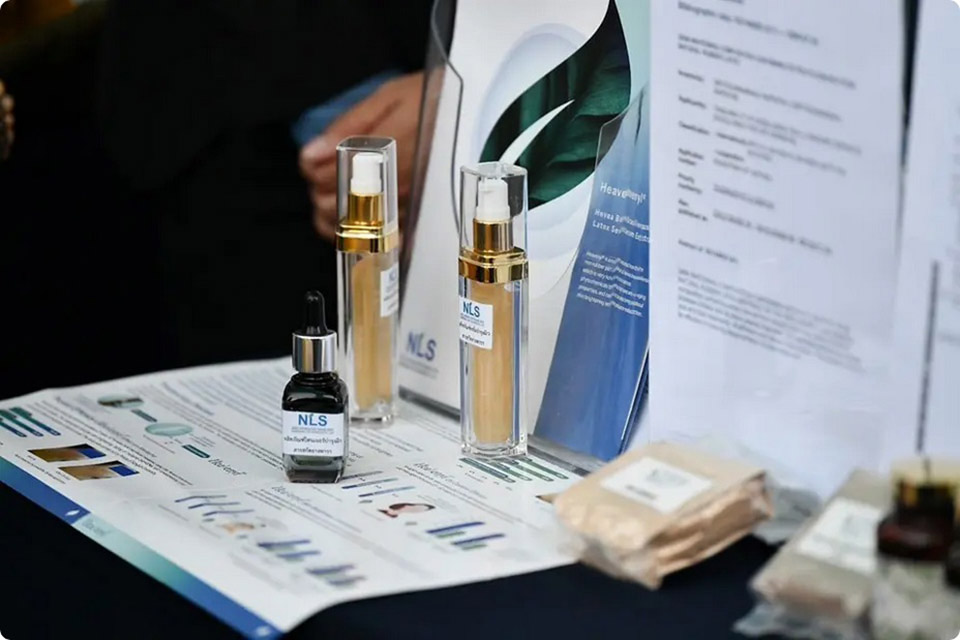
BANGKOK, Thailand – Thailand is developing new biotechnology applications for natural rubber serum, with researchers exploring its potential for medical and industrial use. The Ministry of Higher Education, Science, Research, and Innovation (MHESI), led by Minister Supamas Isarabhakdi, is supporting research at the Center for Research and Development of Rubber Serum Biotechnology (CERB) at Prince of Songkla University. The project, in collaboration with the Southern Regional Science Park, the Thailand Center of Excellence for Life Sciences (TCELS), and private sector partners, seeks to extract bioactive compounds for healthcare and pharmaceutical applications.
Researchers have identified compounds in natural rubber serum with potential benefits in neuroprotection, cancer treatment, osteoporosis prevention, and diabetes management. Historically considered a byproduct of rubber processing, natural rubber serum makes up 65% of raw latex. Advances in extraction technology have enabled its transformation into high-value compounds, aligning with Thailand’s shift toward a bioeconomy, circular economy, and green economy. By 2030, the research is projected to contribute no less than 500 million baht (approximately USD 14 million) to the regional economy.
CERB has developed two biotechnology platforms to maximize the use of natural rubber serum. One focuses on separation-based techniques to isolate bioactive compounds, while the other applies enzymatic digestion processes. The compounds extracted include Hb-extract, used in skincare products, Hevea Latex Oligosaccharides for gut and brain health, Beta-Glucan Oligosaccharides for collagen production and cancer treatment, and Quebrachitol for osteoporosis prevention and diabetes control. Another compound, 5’-Methylthioadenosine, has been identified for its potential anti-malarial, anti-tuberculosis, and anticancer properties.
Thailand’s rubber industry has traditionally focused on raw material exports, but the introduction of biotechnology research has opened opportunities for high-value applications in pharmaceuticals, cosmetics, and healthcare. The findings are expected to generate multiple international patents and increase the value of natural rubber by at least 100 times compared to its raw form. (NNT)










